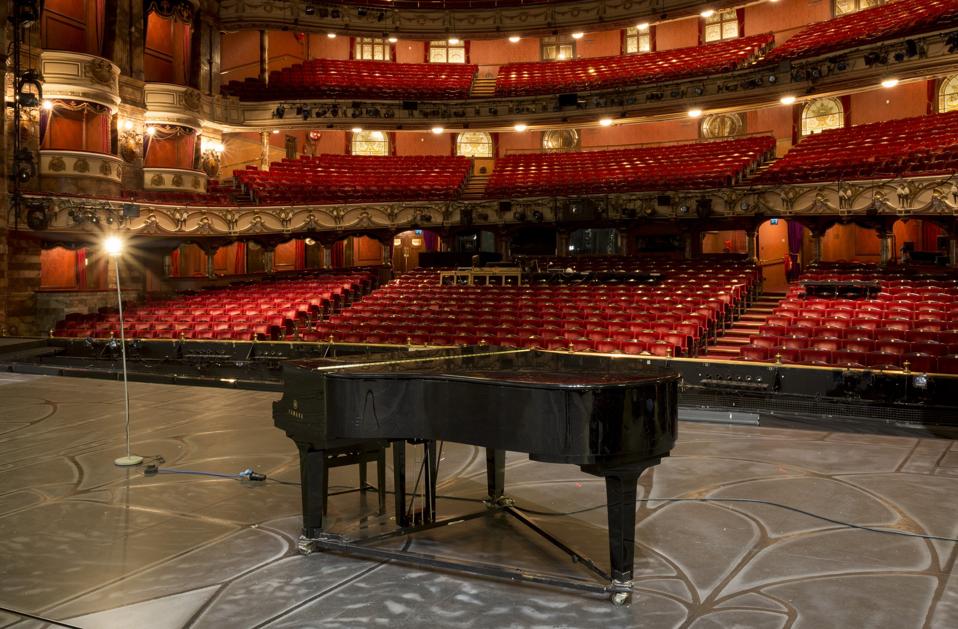Clean Up Your Act: A ‘Fundamental’ Shift In Building Sanitation Mindset As Venues Start To Reopen
In the good old days of 2019, the grittier the music club, the better for some music fans.
Not so today. As announcements of indoor, in-person events pour in from indie rooms to concert halls to Broadway, venues and promoters are working behind the scenes to ensure performers and fans will feel comfortable walking through their doors as we emerge from the pandemic. SLOTWALLET
With nearly 50 percent of US adults fully vaccinated at press time, openings are coming fast and furious—and fans are clamoring for tickets. Live Nation CEO Michael Rapino, during a recent Q1 earnings call, noted “events are selling out faster than ever.”
Even so, the pandemic has left many wary of spread, and hyper aware of the potential for other contagions—norovirus, e coli, MRSA, you name it—to wreak havoc. The new reality is shifting the definition of a “clean building,” and the kinds of precautions being taken.
“Fundamentally, the mindset has changed. Traditionally it was more about the energy and efficiency of the space, and now everything’s really focused on the health and wellbeing of the occupant,” says Vinny Lobdell Jr., president of HealthWay, a company that provides air purification solutions and recently completed a total overhaul of the ventilation system at New York’s Lincoln Center.
“What surrounds us, what surrounds what we eat, matters,” says Lobdell, who’s recently met with executives from Regal Cinemas to MOMA to the Met. “What is it going to be like when you reopen, and what real steps have you taken? The invisible things lurking in the space are what’s going to be on people’s minds.”
No doubt, sanitation and safety will be “more ramped up” with the return to live, says Wayne Sharp, a talent manager at Crush Music whose clients include Alanis Morissette, Rick Springfield and Jewel. Hand sanitizing stations “in all the dressing rooms and the sides of the stages, and the sanitation of the rooms—I’m sure that’s all going to show up on a lot more production riders now,” he says.
“I have several clients who don’t like to travel on tour busses,” Sharp adds. “They’ve always been very careful about traveling and not getting the flu on planes anyway, but this is just going to ramp it up more. I have a feeling you’re going to see a lot more people flying with masks on, not just so they don’t get a deadly virus, but so they don’t get bronchitis.”
“Most people look to industry guidelines for leadership. What is the CDC looking at, what is the international WELL Building institute looking at? We’re always trying to control the health hazard, but the problem is the health hazard is the occupant. So I really think it’s going to be a multipronged approach to get back in a safe way to make everyone feel comfortable,” Lobdell says.
While he notes installing a high-efficiency filter into the HVAC system at the point of entry is the “best solution,” updating a building’s duct system can be cost-prohibitive—an integrated inline system like the HealthWay installed in Lincoln Center runs about 40 cents per square foot— for an industry still reeling from the shutdown. It’s also structurally impossible in some cases.
“One of the things we have to be mindful of is, this industry has suffered from a financial perspective. This is absolutely critical for this discussion. So how do they do something that is meaningful and cost efficient?,” he says. “For a lot of small rooms in these spaces, getting them a high-quality, high-efficiency cleaner could mean rolling one in.”
Pointing to dressing rooms, “If you can’t get to them through a heating and ventilation system you can roll in or mount on the wall a high-quality, high-efficiency air cleaner that would give a very significant air cleaning impact in that space,” Lobdell says.
PathO3Gen Solutions, which sells NSF-approved plug-in units that use combined ozone and UVC light technology to disinfect harmful pathogens carried on shoes, has been focusing in its meetings with managers, venues and labels on placement at the entrance to spaces where artists and crews gather.



 LinkBack URL
LinkBack URL About LinkBacks
About LinkBacks

 Reply With Quote
Reply With Quote